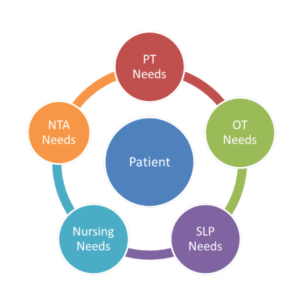Largest ACO model project sees significant savings among dual-eligibles
The key predecessor of the Accountable Care Organization (ACO) model has shown mixed success, according to study results published Wednesday in the Journal of the American Medical Association (JAMA).
The Physician Group Practice Demonstration project (PGPD) launched in 2005 as Medicare’s largest experiment in rewarding physician groups for achieving cost-reduction targets while delivering quality care. Another primary goal of the project was to improve coordination of Part A and Part B care services, hopefully shaving the costs for both.
Among the 10 physician practice groups and 220,000 beneficiaries participating in the PGPD, significant savings were realized for certain population sectors, notably dual-eligibles, who saw an average reduction of $532 per year. Overall, the Medicare population involved in the pilot showed an average savings of $114 per year compared to the Medicare population in the control group. Thirty-day readmisisons also decreased, the study results show.
But results among the practice groups varied, with some practice groups achieving a per-captia savings of $866 per year, while others had increased their expenditures by nearly the same amount per year.
In his editorial in the same JAMA issue, Donald Berwick, former administrator of the Centers for Medicare & Medicaid Services, notes that the ACO model has been subject to unreasonable expectations, as people viewed it as a silver bullet instead of as one of the many promising forms now emerging to provide more efficient care and reduce healthcare spending.
Much of what the PGPD has learned is encouraging, he says, including the results for dual-eligibles and the growing impetus to develop best practices. And, he adds, even a 1 percent overall savings across the Medicare population adds up to $5 billion a year.
Any progress is for the better, Berwick says. “America’s forms of care are largely soloists, but patients need symphonies; its habits of care are of excess, but society needs elegance; the environment preserves the status quo, instead of encouraging change.”
I Advance Senior Care is the industry-leading source for practical, in-depth, business-building, and resident care information for owners, executives, administrators, and directors of nursing at assisted living communities, skilled nursing facilities, post-acute facilities, and continuing care retirement communities. The I Advance Senior Care editorial team and industry experts provide market analysis, strategic direction, policy commentary, clinical best-practices, business management, and technology breakthroughs.
I Advance Senior Care is part of the Institute for the Advancement of Senior Care and published by Plain-English Health Care.
Related Articles
Topics: Accountable Care Organizations (ACOs) , Executive Leadership , Medicare/Medicaid , Regulatory Compliance










